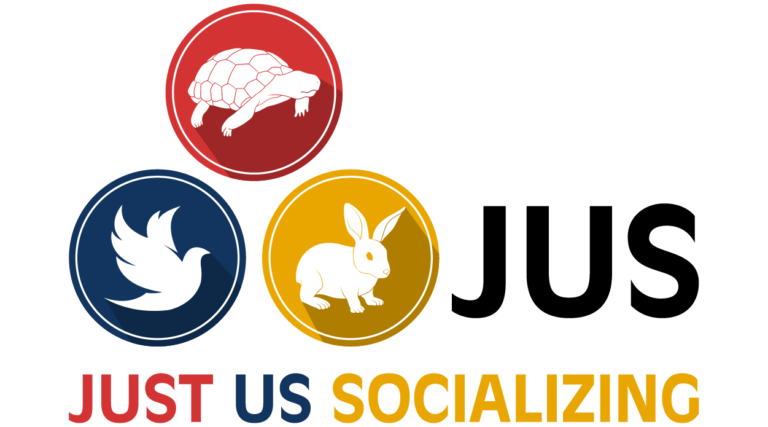Anti-Bias Training for the General Public
Companies, teachers, lawyers, judges, students - no matter your environment, learn how to manage bias in your community.
Share this course
About This Course
Unconscious bias—everyone has it. But that doesn’t make us bad; it makes us human. While we cannot completely rid ourselves of unconscious bias, we can learn how to recognize it and lessen its impact in the workplace. These are skills that everyone can learn.
Upon successful completion of course content 80% or greater a certificate will be awarded.
- JUS offers a course evaluation at the end of the course.
- Completing the evaluation helps JUS to improve the courses.
What You'll Learn
BLOCK I
The Origins of Race: How it Situates Our Cognition
The aim of Block II is to discuss the origins of race and how race situates our cognition about people.
Upon completion of this 10-week unit, the participant will be able to:
- Translate the effects of race as a social construct in our activities of daily living
Introduction
Section I. Race as a social construct: separation for a purpose: everyone is African
Section II: How we navigate race: segregation as a driver of economy
Section III: How we navigate space: land ownership decides voting rights
Section IV: How voting rights decide space
Section V: How space decides the economy
Section VI: How the economy decides power through subjugating different races
Section VII: The cognition of race: how it affects and shapes human behavior: the perpetual shaping of human behavior grounded in racial constructs
Section VIII: Recognizing and understanding human behavior’s response to centuries of
segregation and oppression
Section IX: The intersection of race, space, and hate
Section X: Conclusion: The cumulative effect of race, space and hate
BLOCK II
The History of Americas’ White Supremacy
The aim of Block II is to discover the history of Americas’ white supremacy foundation.
Upon completion of this 10-week unit, the participant will be able to:
- Demonstrate an understanding of America’s white supremacy foundation
Introduction
Section I: The Emancipation Proclamation
Section II: The effects of Eugenics
Section III: Birth of a Nation: Woodrow Wilson and D.W. Griffith
Section IV: Racial Integrity Laws; Plessy vs. Ferguson
Section V: The Trail of Tears; dispossession of land
Section VI: White Supremacy and Alien Land Laws
Section VII: The 19th Amendment, voting and election laws
Section VIII: Brown vs. the Board of Education
Section IX: Segregation and Jim Crow Laws
Section X: Conclusion
This block is not open for enrollment yet. Sign up to our email list to get notified as soon as enrollment opens.
BLOCK III
How Systemic Racism Shapes a People: Our Crimes in Our Hate
The aim of Block II is to understand how systemic racism shapes a people: our crimes in our hate.
Upon completion of this 10-week unit, the participant will be able to:
- Demonstrate an understanding of America’s crime on Americans
Introduction
Section I: Lasting impressions of Birth of a Nation
Section II: When the system is top down: what is the framework of governance?
Section III: History of America’s justice system framing oppression against minorities, especially Black, Indigenous, People of Color (BIPOC)
Section IV: Federal Housing Administration, Restrictive Covenants and Redlining
Section V: HUD and discrimination in mortgage lending
Section VI: The oppression of travel: The Negro Motorist Green Book and beyond
Section VII: The legacy of a Black Wealth Gap in perpetuity
Section VIII: Buffalo Soldiers: Indian Code Talking: Tuskegee Airmen
Section IX: The effects of intentionally lost American historical content: Christopher Columbus
Section X: Conclusion
This block is not open for enrollment yet. Sign up to our email list to get notified as soon as enrollment opens.
BLOCK IV
ReChanneling the Brain to Unhate
The aim of Block IV is an attempt to re-channel the brain to unhate.
Upon completion of this 10-week unit, the participant will be able to:
- Discuss strategies which retrain our thinking about how we think about each other
Introduction
Section I: Creola Katherine Johnson and Dorothy Vaughan and Mary Jackson: Nasa Mathematicians
Section II: Vivien Thomas and Dr. Alfred Blalock: Blue Baby Syndrome
Section III: Dr. Charles Drew: processing and preserving blood plasma: : George Washington Carver
Section IV: Dr. Mae Jemison: dancer, medical doctor and astronaut
Section V: The value of an image, of words: perceptions of a people
Section VI: Native Americans, the Code Talkers: chocolate, corn, peanuts and potatoes; then, turkeys, llamas, guinea pigs, and honeybees
Section VII: The power of cognitive resilience
Section VIII: The psychology of retraining the brain
Section IX: Education
Section X: Conclusion
This block is not open for enrollment yet. Sign up to our email list to get notified as soon as enrollment opens.
Have Questions?
Let's get in touch
Email Address
support@justussocializing.net
Call Us
1-760-600-1256
Fax Us
801-877-0714
